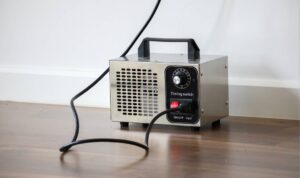The crawl space, an often overlooked area, requires regular cleaning to prevent many problems. The health of your crawl space is not just an issue of cleanliness: it’s condition directly affects the overall well-being of your house and your health.
The state of your crawl space can significantly impact your living environment, from mold growth to structural integrity. Without proper maintenance, unseen issues can lead to costly repairs and unhealthy living conditions. Understanding the importance of this space is the first step to ensuring the safety and longevity of your home.
Importance of Crawl Space Maintenance
Here’s why keeping your crawl space in good shape should be a non-negotiable aspect of your home care routine.
Mold, a common issue in damp environments, can easily take hold in a neglected places. When left unchecked, mold growth can lead to the deterioration of wooden structures, causing wood rot and compromising the home’s foundational support. More critical is the potential health hazard mold represents, with mold spores capable of degrading the air quality throughout your entire living space.
Regular maintenance and cleaning not only stands against such structural damage but also actively improve the air quality of your home. The simple fact that the air from your crawl space cycles through the rest of your house is reason enough to ensure it’s clean and free from pollutants.
It’s not just about the space you can see – the health of the unseen corners of your home directly impacts your day to day living conditions.
Moreover, maintenance routines give you the opportunity to inspect for other less visible problems, such as leaky pipes and pest infestations, both of which are harmful to your living areas. Insulation issues can also come to light during inspections, and addressing them can significantly lower energy bills and create a more comfortable living environment within the home.
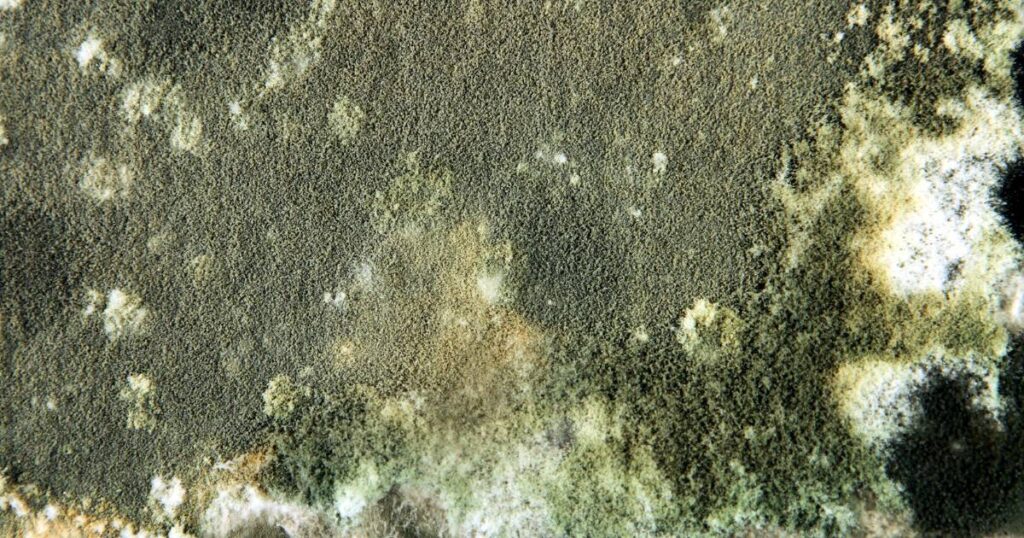
Vapor Barriers and Encapsulation
Vapor barriers and encapsulation are critical components in the fight to maintain a healthy and clean crawl space. Implementing these protective measures can save you from costly repairs due to moisture issues, structural damage, and poor air quality.
Understanding the Role of Vapor Barriers
Vapor barriers are instrumental in controlling the moisture levels within crawl spaces. Their primary function is to block moisture from seeping through the dirt floor and foundation walls into your home. This is crucial to prevent the growth of mold.
The most common types of vapor barriers are made of polyethylene sheeting, asphalt felt, fiberglass insulation, and aluminum foil. Each has its own strengths, and the choice between them should be based on the local climate and specific needs.
It is imperative that these barriers are installed correctly and sealed tightly to prevent moisture from permeating the protective layer. A properly installed vapor barrier is known to reduce the risk of wood rot, rusting of metallic elements, and mitigate the overall dampness that can lead to the growth of mold.
When considering the type of vapor barrier to use, you should look for materials like a 20-mil plastic sheeting which offers robust protection. It should be complemented with strong sealing tape to ensure that no moisture can penetrate the barrier.
Benefits of Crawl Space Encapsulation
Crawl space encapsulation goes a step further than installing vapor barriers: it’s about creating a completely controlled environment below your home. This approach involves a combination of sealing out moisture, laying down heavy-duty vapor barriers, and sometimes the installation of a dehumidifier to control the air quality.
Encapsulation prevents the growth of mold by maintaining a clean, dry environment free from moisture. This removal of damp conditions also discourages pests from making your crawl space their home, making a safer and more hygienic space. The quality of air circulating through your home is greatly improved after encapsulation as it limits the chances of mold spores and other allergens infiltrating living spaces.
From an economic standpoint, encapsulation is beneficial as it helps regulate the temperature within the home, resulting in more consistent indoor climate control. This, in turn, can lead to significant savings on energy bills as your heating and cooling systems don’t have to work as hard to compensate for air leaks and temperature fluctuations.
Moreover, homeowners in regions with varying temperatures will find that insulated encapsulation can improve the efficiency of their HVAC systems, reduce energy consumption, and lower overall maintenance costs over time.
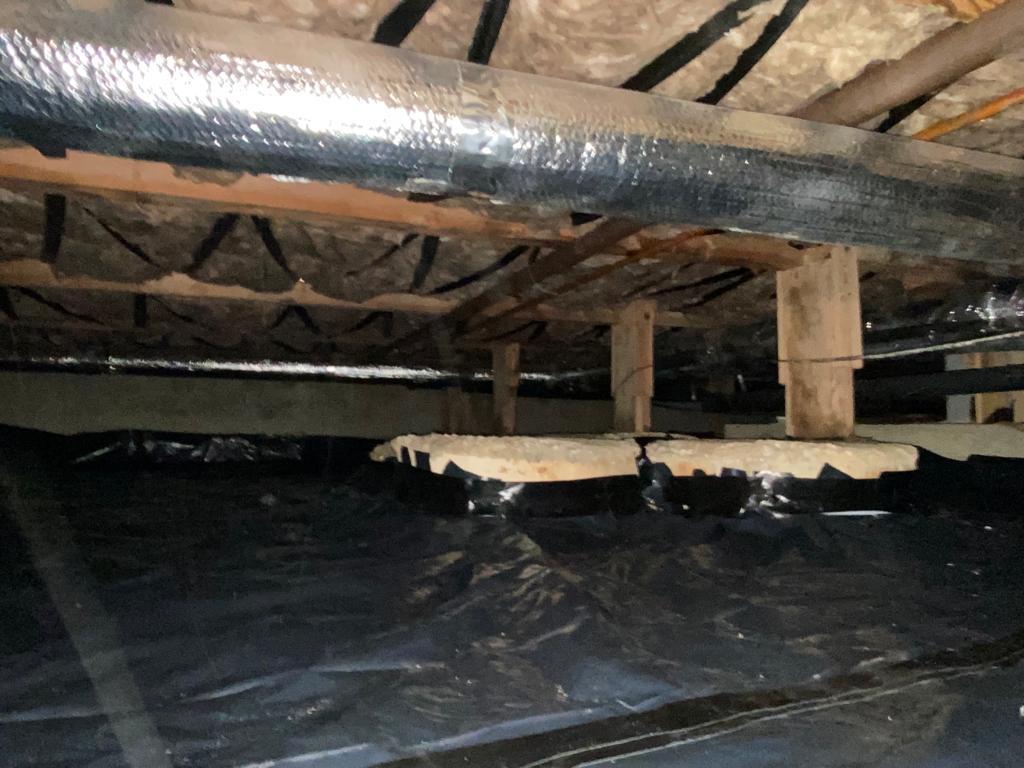
Signs of Structural Damage
Structural integrity is the foundation of your home’s stability. Yet, the crawl space – an often overlooked area – can reveal troubling signs of structural damage if not properly maintained. Settlement in your floors, cracks forming in the foundations, or deteriorated insulation are indicators of such damage. In extreme cases, you might notice wall cracks that hint at deeper issues. Water intrusion can lead to significant problems, including corrosion of pipes and the formation of insidious foundation wall cracks that threaten the structural well-being of your abode.
How to Identify Structural Issues in Your Crawl Space
Recognizing structural issues in your crawl space early is crucial in preventing extensive damage. Not all cracks in foundation walls are easily noticeable, but even the smallest can permit water entry, leading to larger concerns. Be aware of tell-tale signs of leaky pipes, which might be contributing factors to your crawl space woes. Moisture, if unchecked, escalates hydrostatic pressure against foundation walls, squeezing water through any available crack or crevice and compromising the integrity of your crawl space.
Addressing and Preventing Damage
Swift action is key when structural issues arise in your crawl space. Immediate repairs are necessary to curb the progression of damage and maintain the overall health of your home’s foundation. Expert advice cautions against introducing additional water during cleaning, as it can amplify latent issues and elevate humidity levels – a perfect recipe for more problems. Regular inspections can identify leaks: sealing them swiftly is essential. When foundation and structural failures are detected, the solutions might include soil replacement or fortification and the strategic placement of vapor barriers to ensure continuing protection against moisture and the elements.
Improving Air Quality
Ensuring the cleanliness of your crawl space has far-reaching benefits, not least of which is a notable improvement in your home’s indoor air quality. It may come as a surprise that around 60% of the air circulating within your living spaces filters up from your crawl space. Consequently, a neglected area can become the main source of dust and mold that can affect your and your family’s health.
Regular crawl space cleanup operations are essential for mitigating allergies and respiratory illnesses, as these can be exacerbated by the presence of mold spores and allergens. In addition, addressing the crawl space’s cleanliness can tackle persistent musty odors, ensuring that they do not permeate your entire home, thereby maintaining a fresher living environment..
Steps to Improve Crawl Space Air Quality
To improve the air quality in your home through crawl space maintenance, consider these steps:
- Ensure Proper Ventilation: Establishing proper airflow with vents, dehumidifier or fans is integral to keeping the air in your crawl space fresh and preventing the stagnation that leads to poor air quality.
- Install a Vapor Barrier: place a six mil plastic sheeting across the entire dirt floor of the crawl space can reduce moisture and condensation, key contributors to mold growth and poor air quality.
- Apply Wood Preservative: After cleaning the structural elements with a wire brush, the application of a wood preservative and fungicide is a proactive measure against rot or fungal issues.
- Routine Cleaning: The importance of regularly scheduled cleanings cannot be overstated. By cleaning pollutants, allergens, and mold spores, you are actively promoting better air quality.
- Disinfect the Space: Including disinfection in your crawl space cleaning regimen is crucial for eliminating bacteria and odors, creating a healthier and more breathable home space.
Insulation and Energy Efficiency
A well-insulated crawl space is crucial for ensuring that energy bills don’t skyrocket. Properly insulating the walls and floors of your crawl space not only prevents energy loss but also stabilizes indoor temperatures. This adds up to a more energy-efficient home that’s easier and less expensive to heat and cool.
When considering materials for insulating your crawl space, foam board and polystyrene insulation are often recommended. These materials are effective for providing the insulation needed without absorbing moisture, which can lead to further complications such as mold growth and wood rot. The use of plastic sheeting as part of a vapor barrier system may also complement these insulation methods, serving to reduce moisture issues that often plague crawl spaces.
Importance of Proper Insulation in Your Crawl Space
Moisture in the crawl space not only threatens the structural integrity through wood rot and similar forms of damage but can also degrade the effectiveness of many types of insulation.
Effective insulation helps regulate the climate within your entire space, leading to increased comfort throughout your living spaces and serving to maintain a healthy indoor environment. Correctly installed insulation can significantly reduce energy bills and provide maximum protection against the elements, contributing to a clean, dry, and healthy crawl space.
Choosing the Right Insulation Type for Your Needs
When selecting insulation for your crawl space, it’s crucial to choose a type that is conducive to the area’s specific conditions. While fiberglass batts are common, they are ill-suited for moist environments, often found in crawl spaces. Alternatives like cellulose, closed-cell foam, and polystyrene insulation present better options. Spray foam, in particular, is known for its moisture resistance and air-sealing properties, making it a solid choice for ensuring a well-insulated and moisture-controlled crawl space.
Different homes, climates, and layouts may require different approaches to crawl space insulation. It’s important to assess factors such as your home’s age, your local weather patterns, and existing moisture issues to determine the most effective type of insulation for your needs.
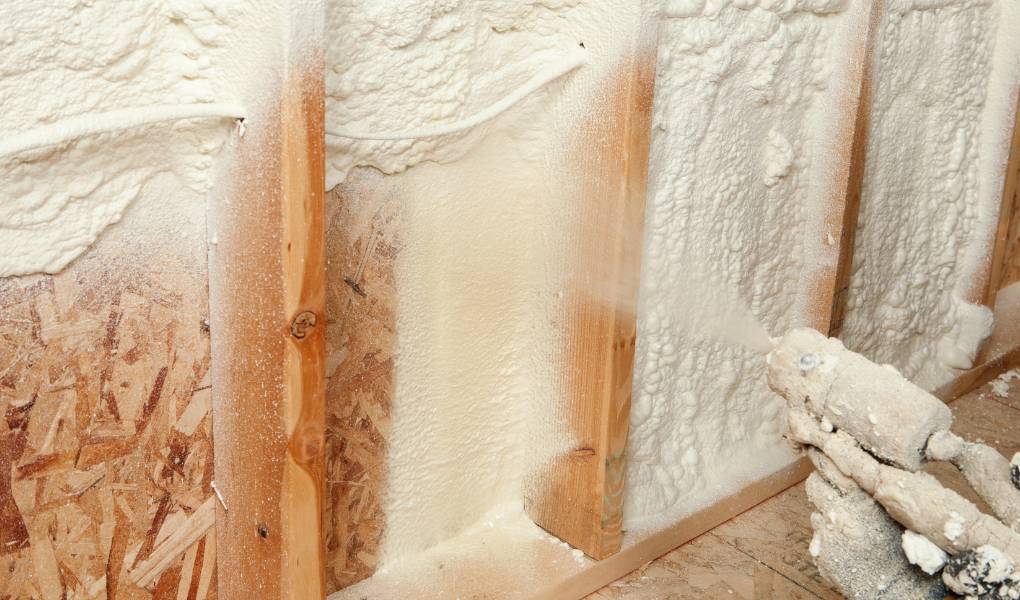
Pest Control and Prevention
Pests thrive in environments that provide shelter, moisture, and food, with crawl spaces often offering all three. Regular cleaning create less hospitable conditions for pests, discouraging them from settling in.
An effective strategy to keep your crawl space clean and dry is encapsulation, complemented by the use of a dehumidifier. This method not only protects against moisture issues that could lead to wood rot and mold spores but also deters pests looking for a damp space.
Identifying and sealing off any entry points, such as gaps in the foundation walls, prevents critters from accessing your home. Moreover, addressing potential attractants like leaky plumbing promptly will further discourage pests from encroaching on your living spaces.
Signs of Pest Infestations in Your Crawl Space
Recognizing the indicators of pest presence in your crawl space can save you from more significant complications down the line. Signs include visual evidence of animal droppings, gnaw marks, and disturbed insulation. Finding holes or burrows in the dirt floor or foundation walls may also suggest that unwelcome visitors have taken up residence.
Keep in mind that excessive ventilation can inadvertently exacerbate these problems. While vents are needed for air circulation, too many can increase humidity and the potential for mold. Keeping balanced ventilation is essential not just for air quality but also for reducing the likelihood of rodents.
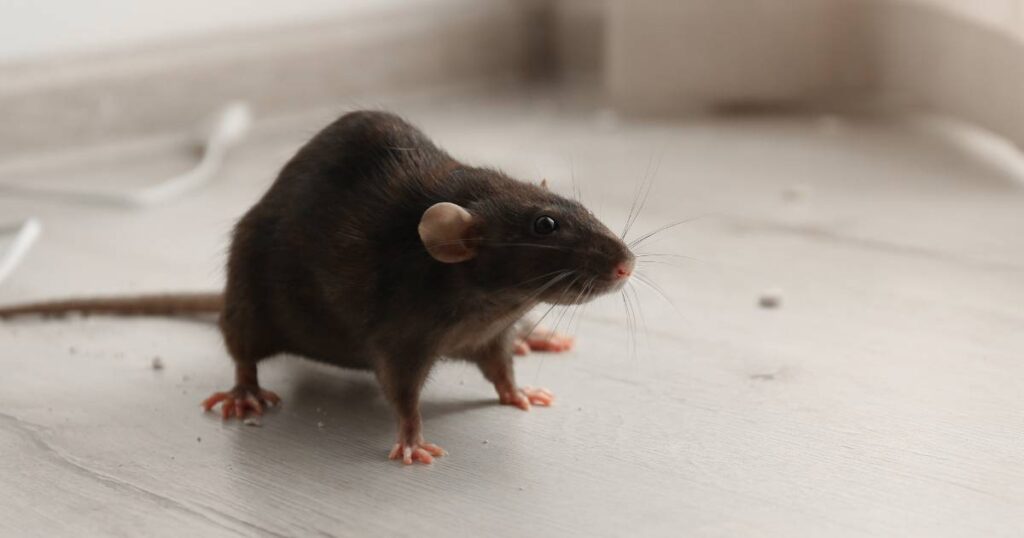
Tips for Keeping Pests Out
Establishing barriers to entry is your first line of defense for a pest-free crawl space. Inspect and repair any torn screens on vents and ensure they are tightly fitted to deny access to curious visitors.
When addressing rodents – which can create significant health risks by leaving behind harmful waste – it’s important to approach the issue thoroughly. This means exterminating the existing pest population, sealing all possible entry points, sanitizing the area with professional rodent control service, and replacing any materials they have contaminated.
Lastly, retaining these measures contributes to a vigilant, ongoing practice. By regularly inspecting and maintaining your crawl space, you can provide maximum protection against both moisture issues and pest infestations, ultimately securing a safer, healthier environment for your entire home.



